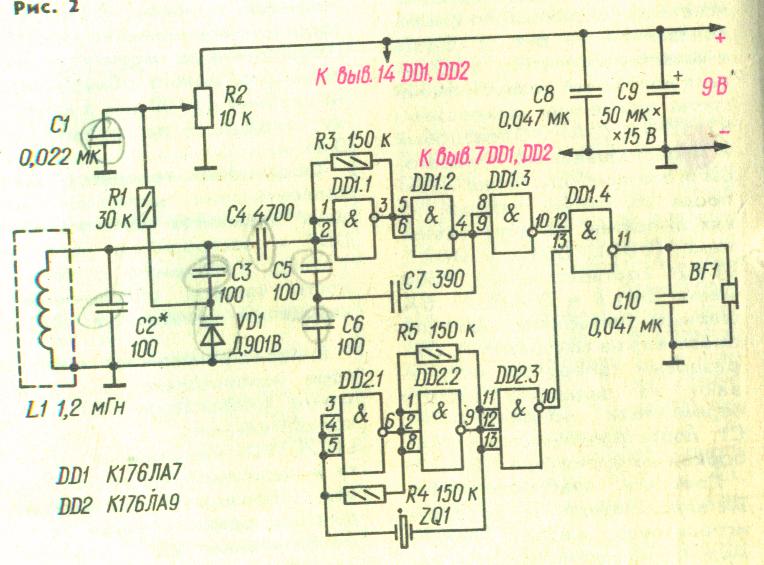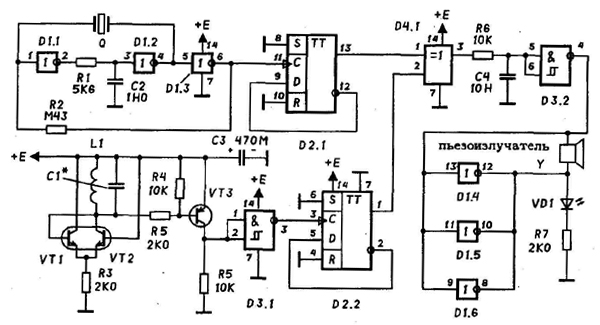A detectorist just bought an old PNI Bounty Hunter BFO from the 1970's.
He went out hunting with it and found about 50 coins.
It was bit bothersome as he had to keep adjusting the tuner to threshold drift.
Just wondering if it is possible to control the drift with some part changes?
He went out hunting with it and found about 50 coins.
It was bit bothersome as he had to keep adjusting the tuner to threshold drift.
Just wondering if it is possible to control the drift with some part changes?




Comment